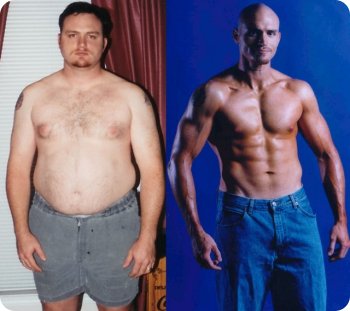

#Macro calculator for women how to#
Here's how to figure out what's right for you: Nutritional researchers agree that both calorie and nutrient estimates should take more into account than just the amount you exercise. This choice should reflect the amount of activity in your life based on how you exercise and how physically active your life or job is. If this doesn't make the scale go up after a couple of weeks, you may need to add a few hundred more calories from carbs or fats-probably not more protein. Selecting "gain weight" will give you a strategic bump up in protein that reflects a moderate calorie surplus of 500 calories, on a 40/30/30 macro split. This may work for a few days or weeks, but it's often tough to stick with. Many people take what sounds like a simple approach to gaining weight: Eat all the protein they can handle and train as often and as hard as possible. Why higher? Because when you're looking to lose weight, extra protein can help you control your appetite and minimize muscle loss. If you know that you're ready to lose a few pounds and you have some experience counting calories or tracking macros, select "lose weight." This will give you a slightly higher protein intake to aim for than weight maintenance.

Which Goal and Activity Level Should I Choose? Maintain Current Weightįirst time tracking your protein? Or not sure which goal is right for you? Then start with "maintenance." Many nutritionists say before you start tweaking your macronutrients and protein intake, you should spend some time at maintenance level and get more comfortable with tracking your foods and portion sizes.Ĭhoosing "maintain current weight" will give you a protein intake of around 1 gram per pound of body weight, a target many experts recommend for overall health and athletic performance.


 0 kommentar(er)
0 kommentar(er)
